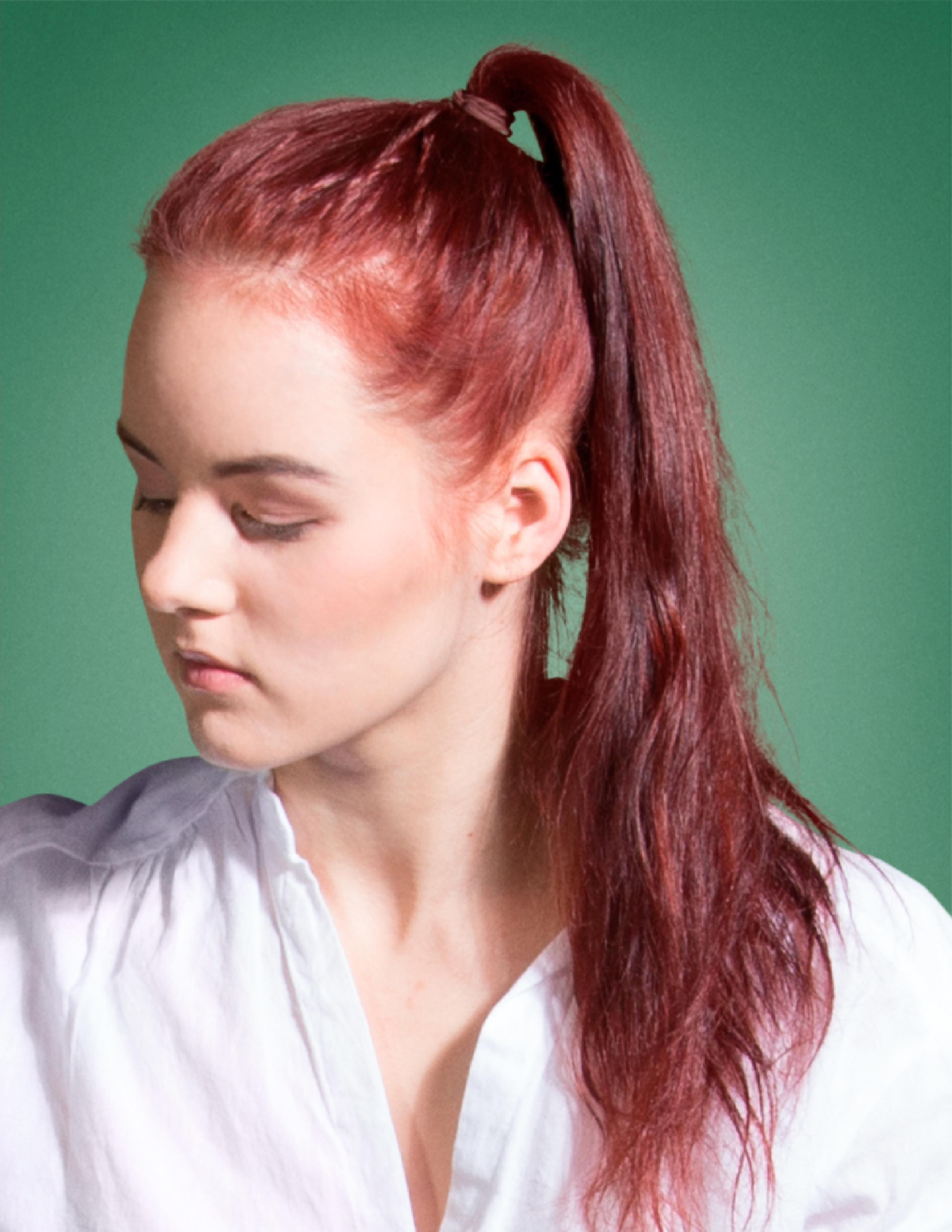Human texture

Human texture

Le signe et la peau

Human texture

Le signe et la peau

Human texture

Human texture

Le signe et la peau

Human Texture (5$)
Early representations of Athenian civilisation were displayed in the city and offered imaginary, idealised or symbolic portraits of leading citizens.
Today, the faces of our contemporaries still occupy public space, now plastered on the construction sites of the city in perpetual transformation. They populate the projective views drawn by architects and urban planners to humanise their projects in the form of virtual models. These “cut out people”, classified according to a list of physical characters, postures or places, generally come from Western image banks that sell them for about five dollars each.
In the Human Texture ($5) series Alban Lécuyer chose to single out these figures destined for anonymity by cropping them and transposing them onto a neutral background. Isolated in this way, they seem to pose in a studio or in the setting of a flat, in contrast to their vocation to suppress themselves in favour of a utopian environment. Their accumulation outlines a humanity that is at once composite, destined to fit into a multitude of contexts and cultures, and strangely uniform, ultimately taking on the appearance of a coherent community. Mostly young, female and suggesting the comfort of a gentrified society, these archetypes have the primary function of making the city desirable, if not reflecting the complexity of the urban condition.
They are no longer Byzantine icons, a celestial Marilyn Monroe or the heroes of socialist propaganda who bear witness to the identity of an era, but unknown people who have ceded their image for unlimited use in time and space. By framing their bodies in the conventions of photographic portraiture, the aim here is to give them an opportunity for memorial significance.
Date
2022


